Evolving Consumer Preferences
Consumer preferences are shifting towards leasing as a viable alternative to ownership, particularly in sectors such as automotive and technology. The Leasing Market is witnessing a notable increase in demand for flexible leasing options that cater to the changing needs of consumers. For instance, millennials and Gen Z consumers are more inclined to lease vehicles rather than purchase them, valuing the flexibility and lower financial commitment that leasing offers. This demographic shift is expected to drive the leasing market's growth, with projections indicating a 7% increase in consumer leasing activities by 2026. As preferences evolve, the Leasing Market must adapt to meet these new demands.
Regulatory Changes and Compliance
Regulatory changes play a crucial role in shaping the Leasing Market, influencing how leasing agreements are structured and managed. Governments are increasingly focusing on consumer protection and transparency in leasing transactions, which may lead to stricter compliance requirements for leasing companies. These changes could impact the operational landscape, compelling companies to invest in compliance measures and adapt their business models accordingly. In 2025, it is expected that the Leasing Market will experience a shift in regulatory frameworks, potentially affecting market dynamics and competitive strategies. Companies that proactively align with regulatory changes may find new opportunities for growth.
Economic Growth and Leasing Market Demand
The Leasing Market appears to thrive in periods of economic growth, as businesses and consumers seek to optimize their financial resources. With GDP growth rates projected to rise, the demand for leasing services is likely to increase. Companies may prefer leasing over purchasing assets outright, as it allows for better cash flow management and access to the latest technology without significant upfront costs. In 2025, the leasing market is expected to expand, driven by sectors such as transportation and equipment leasing, which are projected to grow by approximately 5% annually. This trend suggests that as economies strengthen, the Leasing Market will experience heightened activity, reflecting a shift in asset acquisition strategies.
Sustainability Initiatives and Green Leasing
Sustainability initiatives are becoming increasingly relevant within the Leasing Market, as both consumers and businesses prioritize environmentally friendly practices. The rise of green leasing, which focuses on leasing energy-efficient and sustainable assets, is gaining traction. This trend is likely to be driven by regulatory pressures and consumer demand for sustainable options. In 2025, the market for green leasing is projected to grow significantly, with estimates suggesting a 15% increase in the adoption of sustainable leasing practices. Companies that embrace sustainability in their leasing strategies may not only enhance their brand reputation but also tap into a growing segment of environmentally conscious consumers.
Technological Advancements in Leasing Solutions
Technological advancements are reshaping the Leasing Market, enabling more efficient processes and enhanced customer experiences. Innovations such as digital platforms for leasing transactions and advanced data analytics are streamlining operations and improving decision-making. The integration of artificial intelligence and machine learning is also facilitating better risk assessment and pricing strategies. As technology continues to evolve, the leasing market is likely to see increased competition among providers, with those adopting cutting-edge solutions gaining a competitive edge. In 2025, it is anticipated that technology-driven leasing solutions will account for a significant portion of the market, potentially increasing overall market efficiency by 10%.


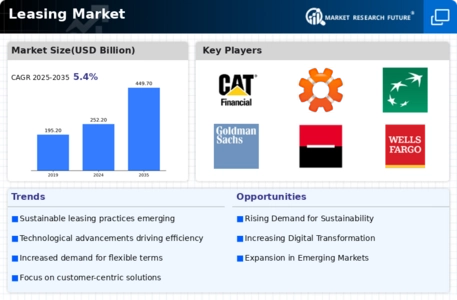
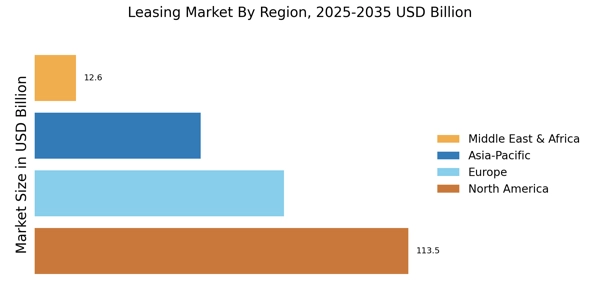
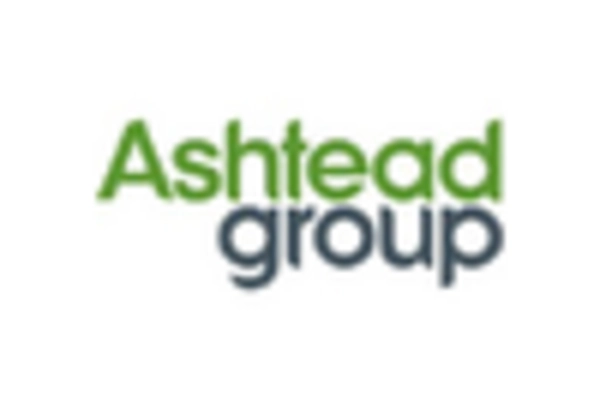
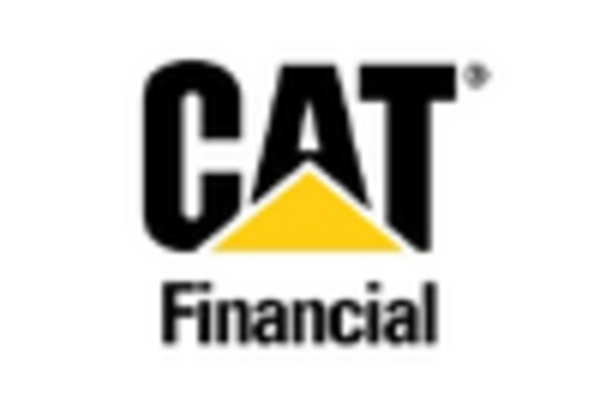
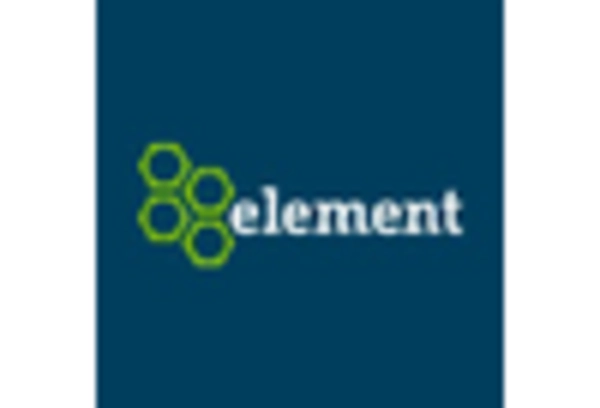
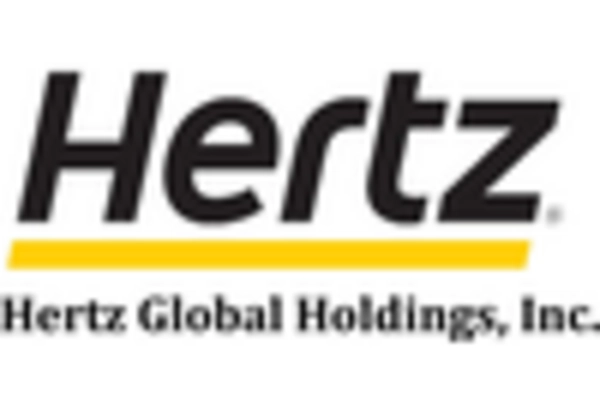
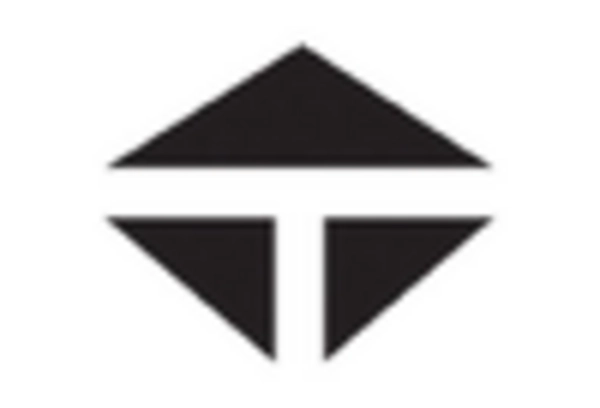
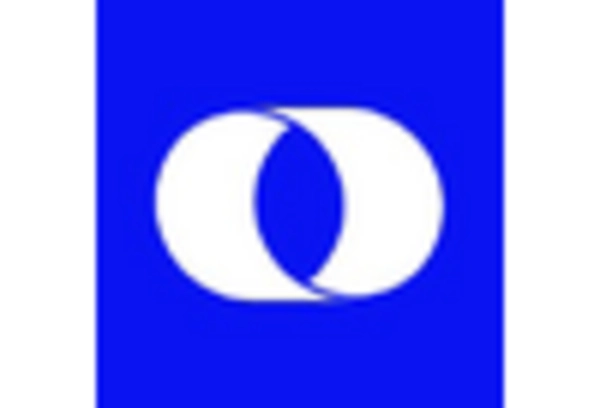








Leave a Comment